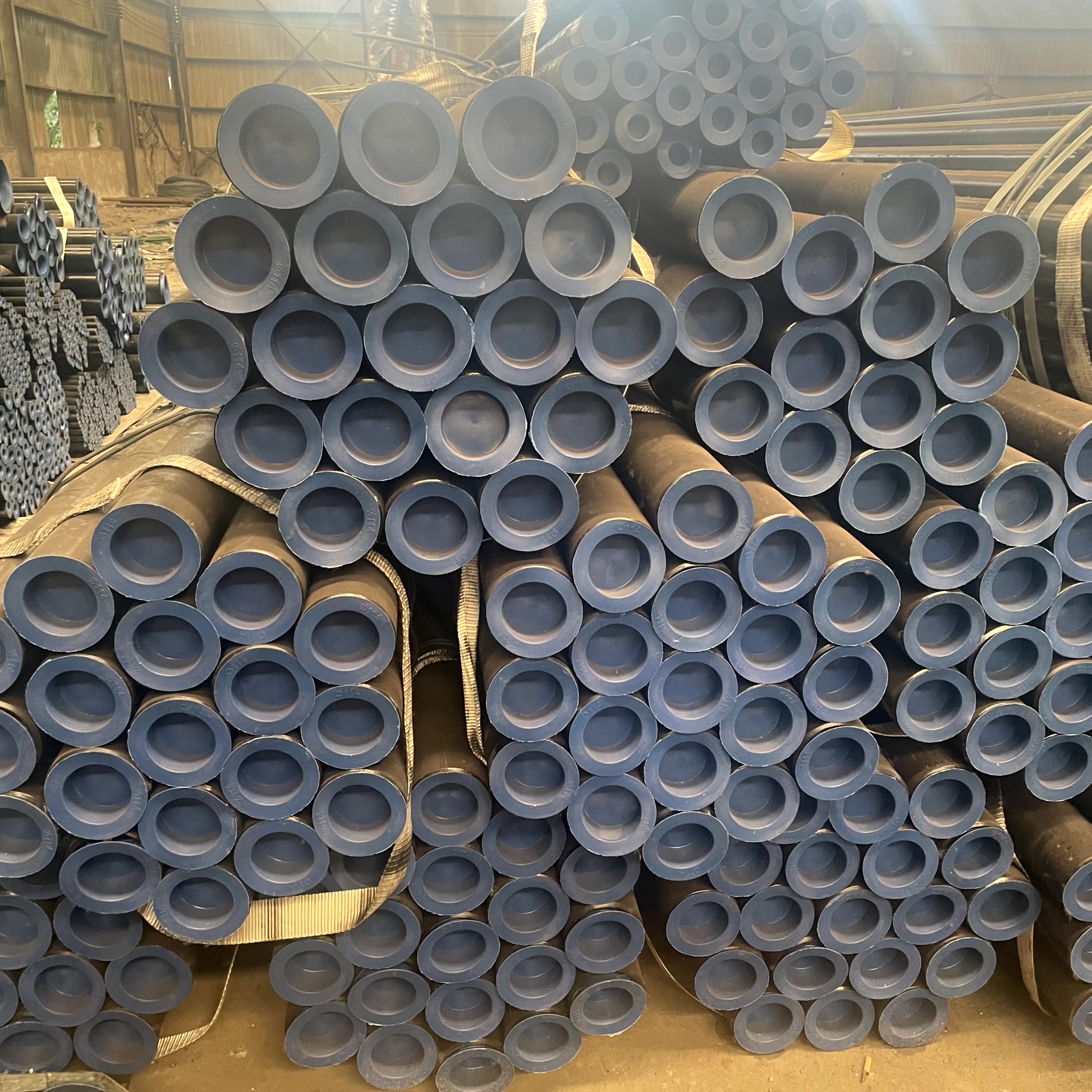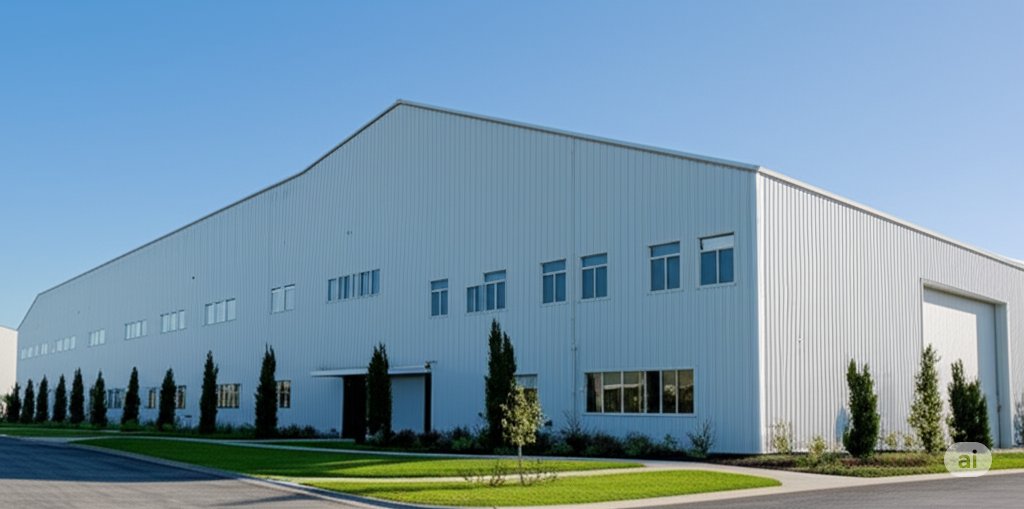Comprehensive Introduction to Seamless Pipes
A seamless steel pipe is a cylindrical tubular product manufactured without any welded seam. Its homogeneous structure around the circumference provides superior strength, pressure integrity, and reliability compared to welded alternatives. This makes it the preferred choice for critical applications involving high pressure, extreme temperatures, and corrosive media.
1. Key Manufacturing Processes
The seamless pipe manufacturing process is defined by its ability to create a hollow tube from a solid billet without any welding.
-
Hot Rolling (Mandrel Mill Process): This is the most common method for large-diameter pipes. A solid, heated steel billet is pierced through the center by a piercer rod to create a hollow shell. This shell is then elongated and rolled over a mandrel and through a series of stands to achieve the desired diameter, wall thickness, and length. The pipes are then cut, reheated, and straightened.
-
Cold Drawing: For applications requiring tighter dimensional accuracy, a smoother surface finish, and enhanced mechanical properties. Initially hot-rolled pipes are pickled to remove scale and then drawn through a die and over a mandrel at room temperature. This process cold-works the steel, increasing its strength and hardness.
2. Common Materials & International Standards
Hebei Cangtie produces seamless pipes from various material grades to meet diverse industrial requirements, complying with all major international standards.
-
Carbon Steel: The most widely used material for general service and high-pressure applications.
-
ASTM A106: Standard specification for seamless carbon steel pipe for high-temperature service.
-
ASTM A53: Standard specification for seamless carbon steel pipe for general purpose.
-
API 5L: Specification for seamless steel line pipe used in oil and gas transmission.
-
-
Alloy Steel: Used for enhanced mechanical properties and resistance to specific corrosive environments.
-
ASTM A335: Standard specification for seamless ferritic alloy-steel pipe for high-temperature service (e.g., Grades P5, P9, P11, P22).
-
-
Stainless Steel: Chosen for exceptional corrosion and oxidation resistance.
-
ASTM A312: Standard specification for seamless stainless steel pipe for corrosive service (e.g., Grades 304/304L, 316/316L, 321).
-
3. Advantages & Applications
-
Advantages:
-
High Strength: No seam weld means uniform strength and better performance under high load and pressure.
-
Superior Safety: Reduced risk of failure under high pressure or temperature fluctuations.
-
Dimensional Consistency: Excellent concentricity and wall thickness control.
-
Versatility: Can be manufactured to withstand a vast range of temperatures and corrosive conditions.
-
-
Key Applications:
-
Oil & Gas Exploration and Transmission (Drilling Strings, Pipelines)
-
Power Generation (Boiler Tubes, Superheaters)
-
Petrochemical & Fertilizer Plants (Process Piping, Reactors)
-
Mechanical and Structural Applications (Bearings, Cylinders)
-
Automotive and Aerospace Components
-
As a trusted manufacturer, Hebei Cangtie Industrial leverages advanced technology and strict quality control to deliver seamless pipes that meet the most demanding global specifications, ensuring safety and longevity in critical industrial operations.




